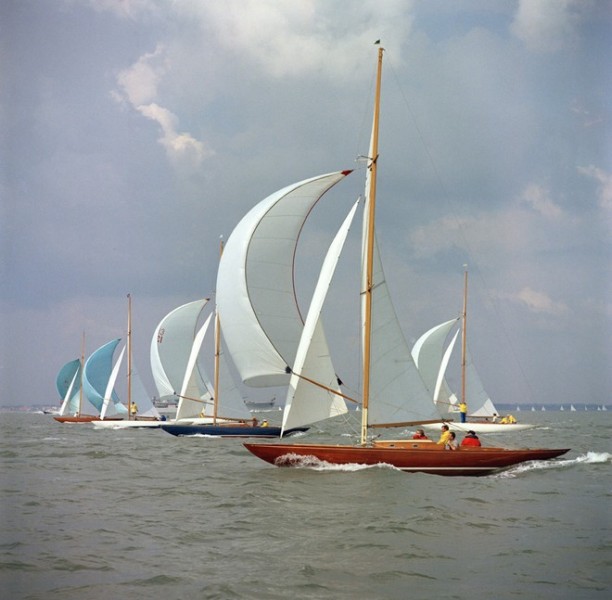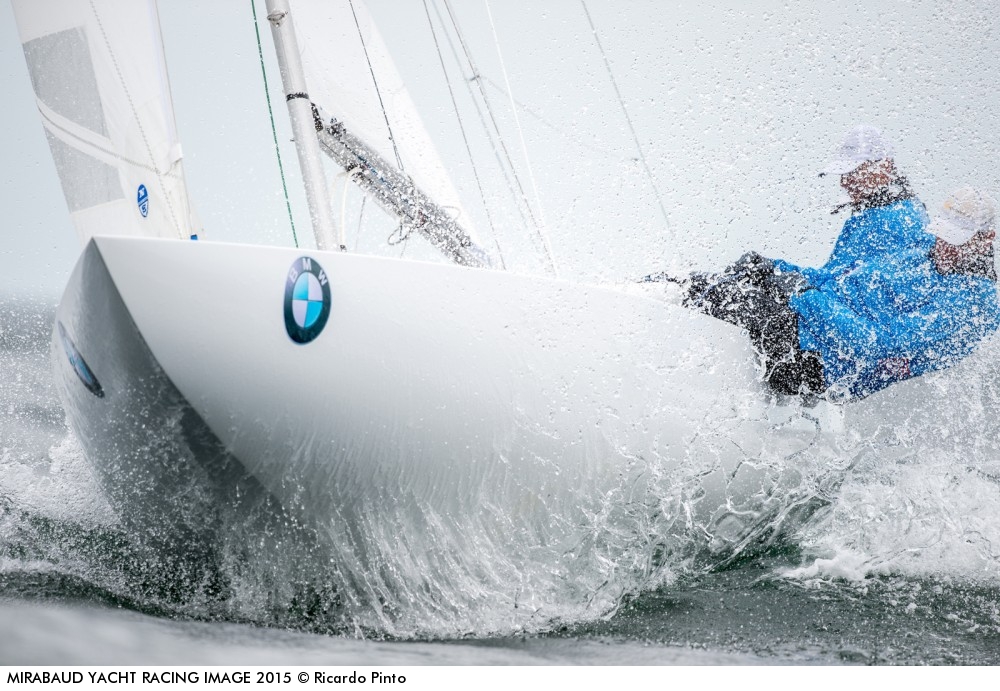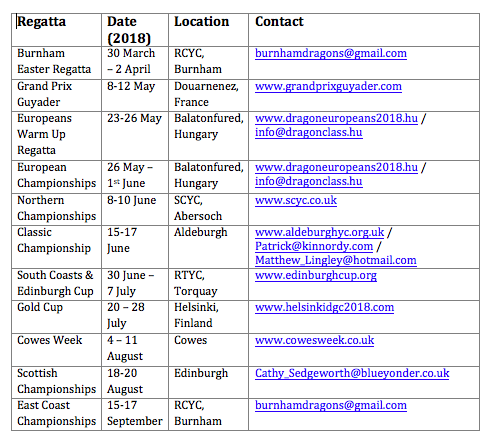


The Dragon was designed by Johan Anker in 1929. The original design had two berths and was ideally suited for cruising in his home waters of Norway. The boat quickly attracted owners and within ten years it had spread all over Europe.
In 1937 the Gold Cup was presented to the class by the Clyde Yacht Club Association. This quickly became one of the principal championships in the class and a prestigious trophy in the world of competitive yachting.
Where did the ‘Dragon’ name come from?
Gunter Ahlers writes: “In the beginning boats were built by the designer’s yard, Anker and Jensen, as a “cheap” skerry cruiser for young people.
When the design was submitted, to the then IYRU (now ISAF), he or someone else translated his name “Anker” into Norwegian language “Draggen” and the English, being reluctant to speak other languages, made out of “Draggen”, “Dragon”, probably thinking that this Norwegian did not even know how to spell Dragon.
This is how this Class came to its name, so I was told years ago. If it is not quite true, it comes close to being true and is a good story anyhow!”
In 1948 the Dragon became an Olympic Class, a status it retained until the Munich/Kiel Olympics in 1972. It remains the only Olympic yacht ever to have a genuinely popular following outside the Games.

Post Olympic years Since the Olympics the Dragons have gone from strength to strength. The major reason for this has been the ongoing controlled development of the boat.
In 1973 thanks to the hard work of Borge Borresen a G.R.P. specification was adopted, metal spars having been introduced in 1970. This proved to be a major milestone in the class’ development.
Designed from the first to compete on equal terms with the existing wooden boats, the GRP dragons are incredibly stiff – one reason why boats remain competitive at top level for years.
Information courtesy of the International Dragon Association
2018 Schedule









